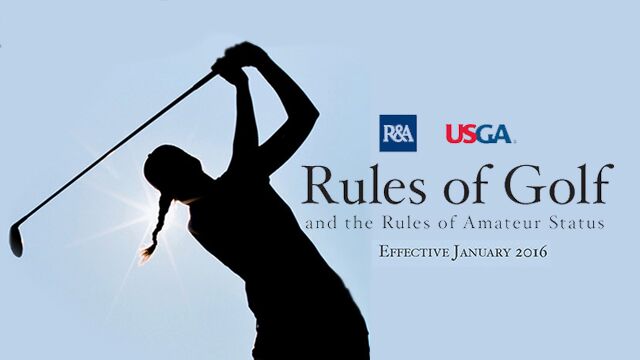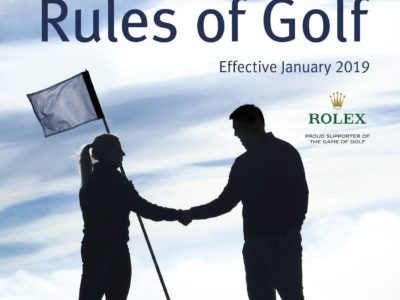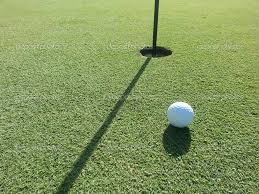By Richard Todd
Do you want to sound super smart, like a Rules Official on the golf course?
During your next round, simply use the phrase, “Penalty Area.”
This is the new term used by the USGA that replaces and encompasses, water hazards and bunkers. So regardless, if it’s sand or water it’s now a ‘penalty area’ in the new rules.
Regardless of the name, what actions can you perform in a bunker, hazard, or penalty area?
USGA rule #13-4 currently prohibits touching the ground in a hazard with your hand or club; or moving any loose impediment lying in or touching the hazard, plus you are not allowed to ground your club in a penalty area. If your ball is resting against a stick, in bunker or water hazard, you are not given any relief. And don’t let that club hit the ground until you swing.
Failure to follow this rule comes with the standard loss of hole in match play and two-stroke penalty in stroke play.
That will partially change in 2019 when Rules 12.2a and 12.2b will allow the player to touch or move loose impediments in a bunker and will generally allow the sand to be touched with a hand or club.
Limitations to this rule include: deliberately touching the sand in a bunker with a hand, club, rake or other object to test the condition of the sand to learn information for the stroke. Also, touching the sand in a bunker with a club in making a practice swing, in grounding the club right in front of or behind the ball, or in making the backswing for a stroke.
These proposed new Rules are not final and will not take effect until 2019. The USGA wants the current Rules of Golf to be followed by clubs, committees and golfers for all official competitions and regular play.
But they do encourage clubs, committees and groups of players to try out the proposed new Rules in an unofficial event. To find out more about using the new rules visit, a sample “Test New Rules” sheet. To download a customizable Word document, click here.
This document can be provided to all participants, who are then encouraged to submit their feedback to the USGA.










